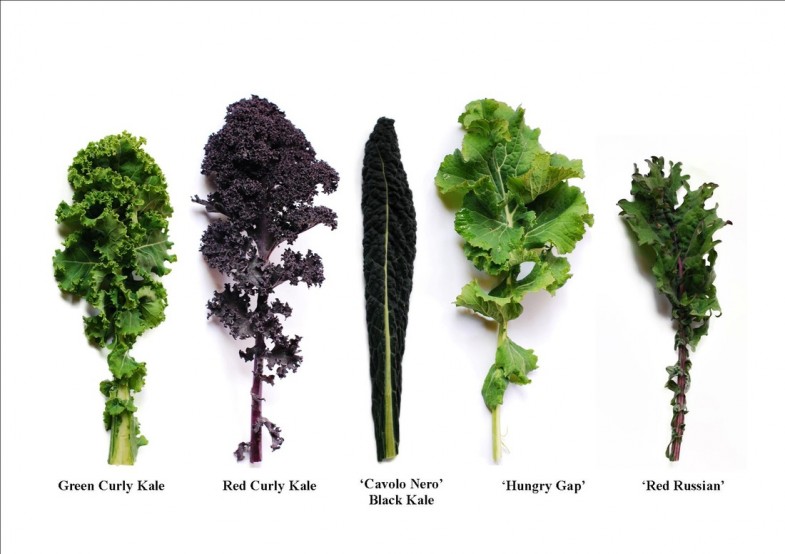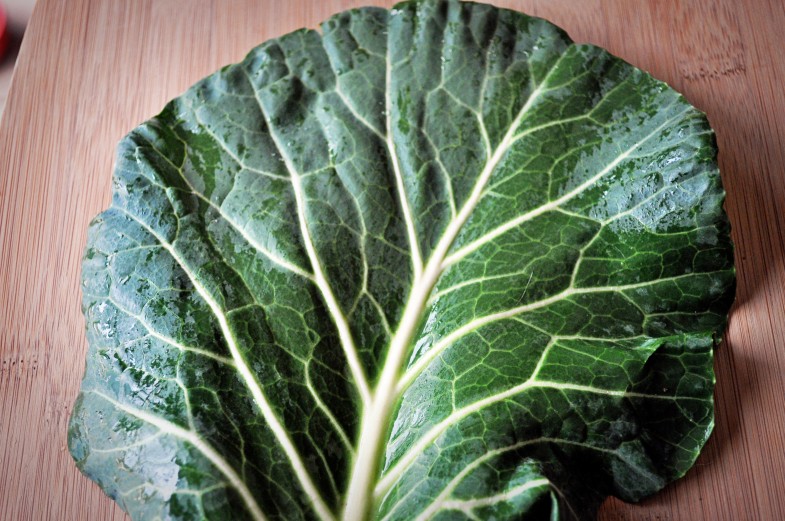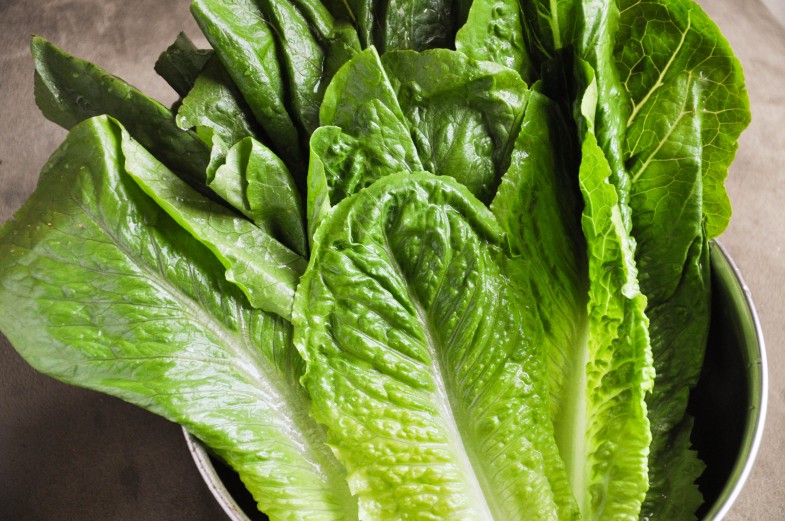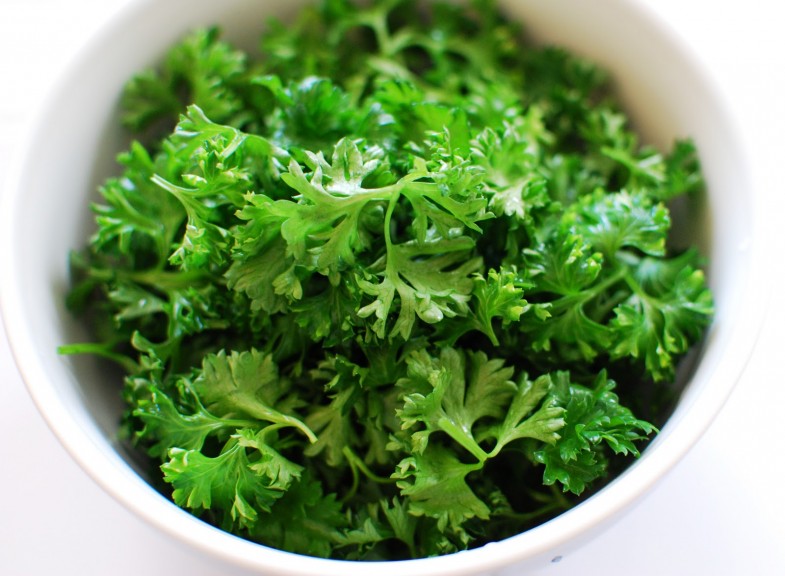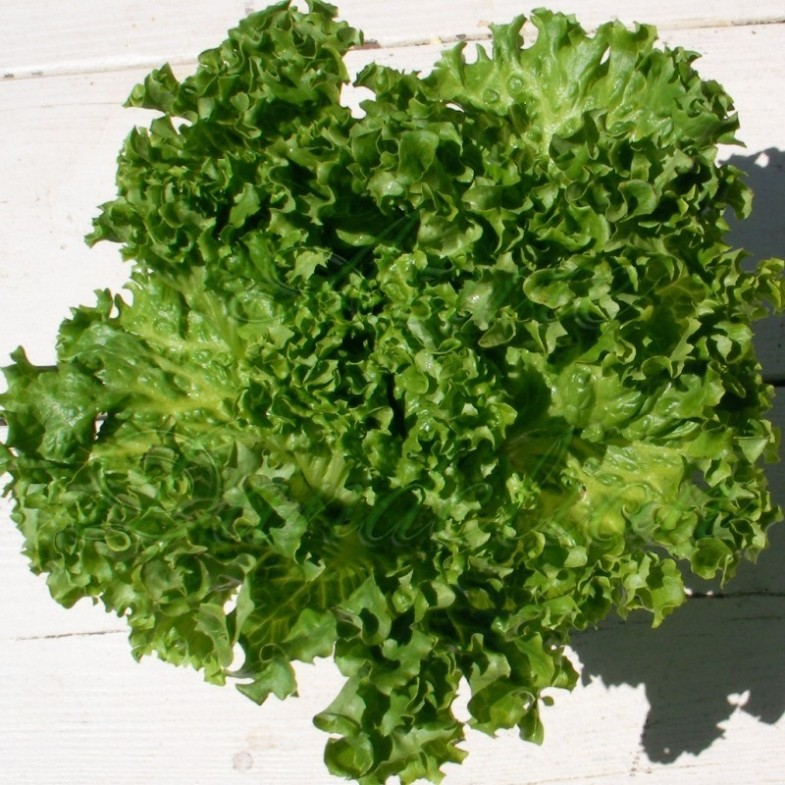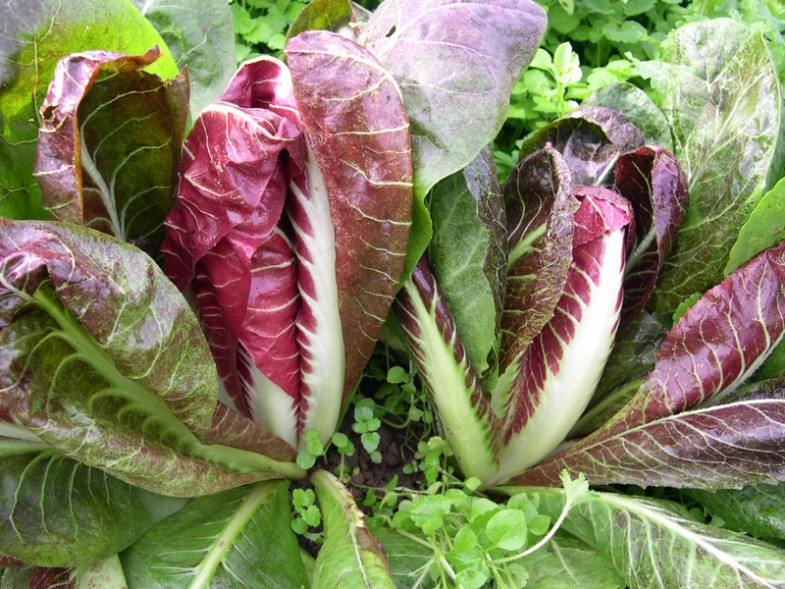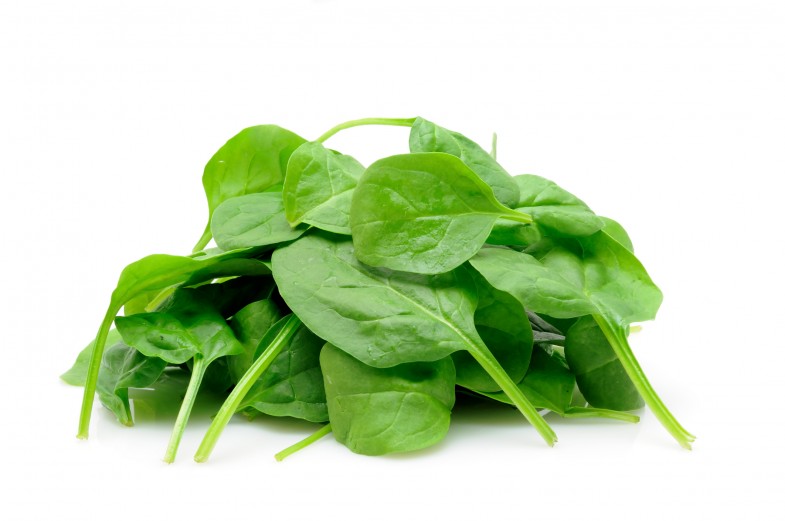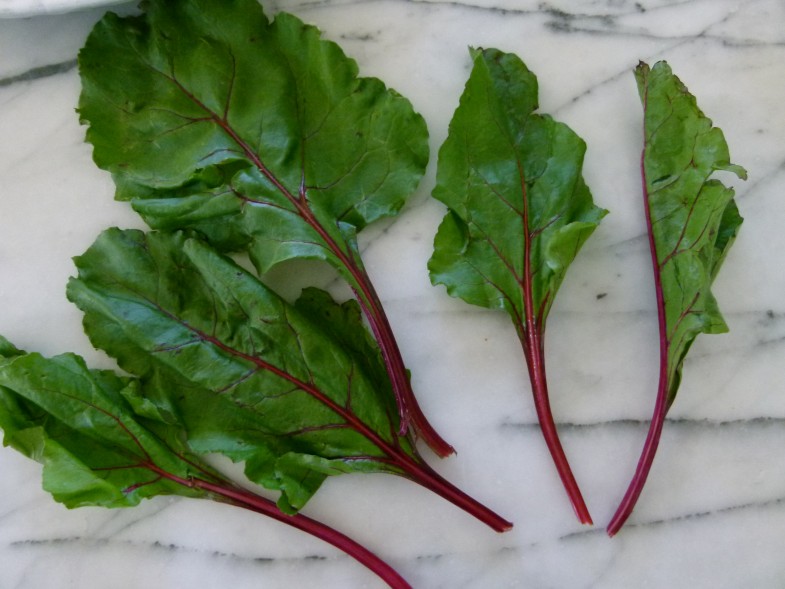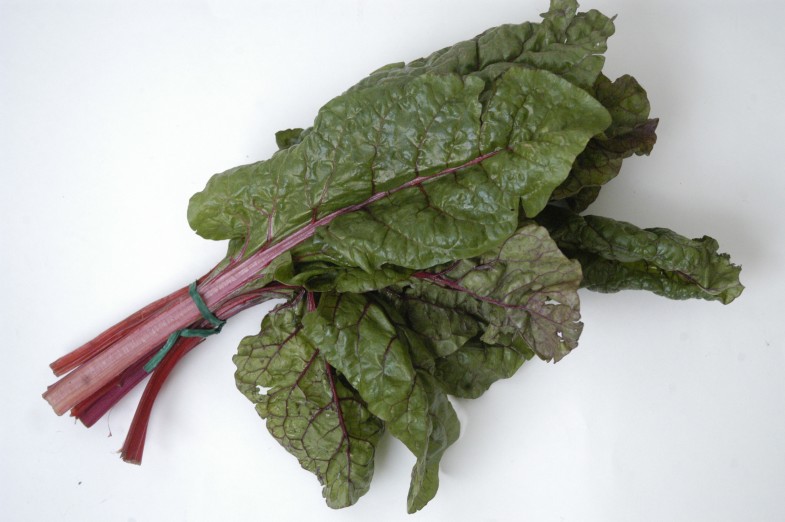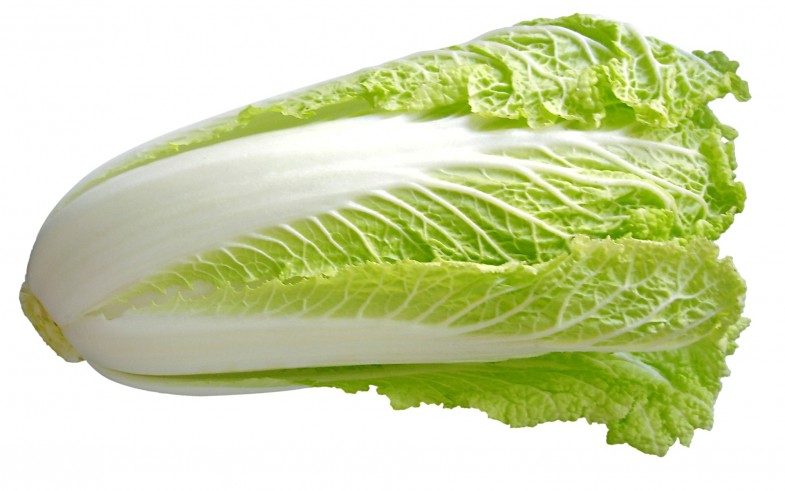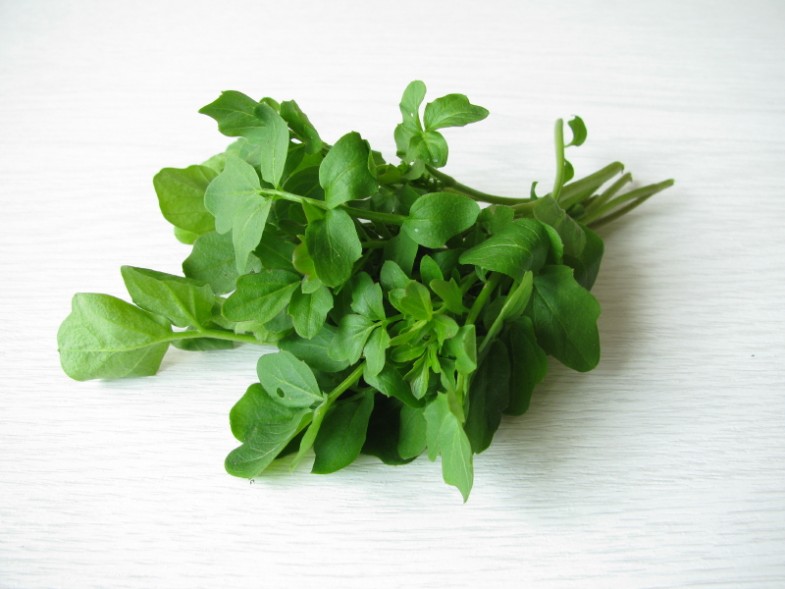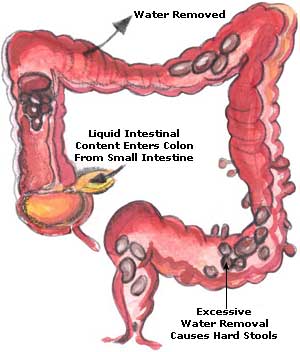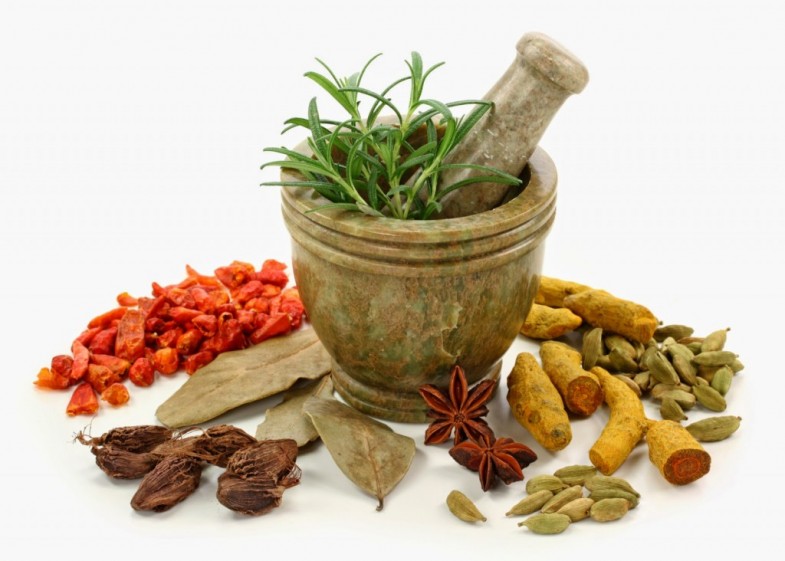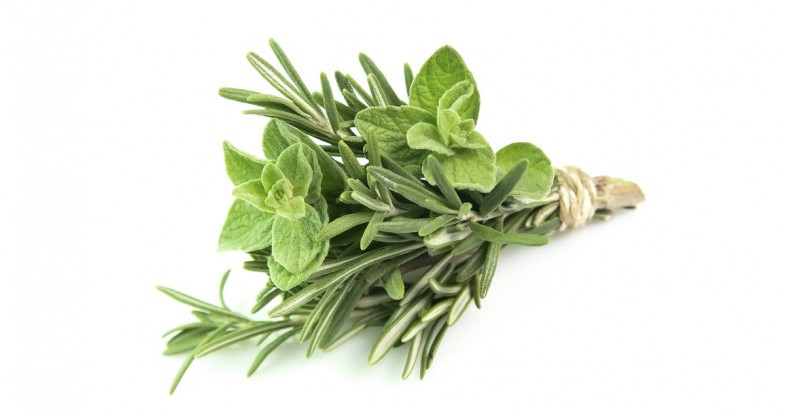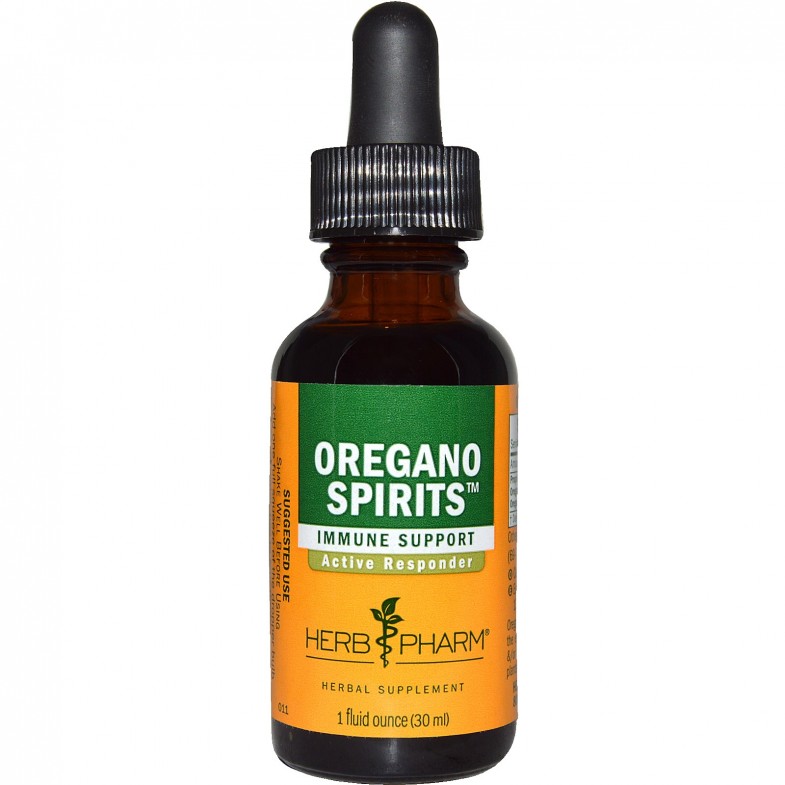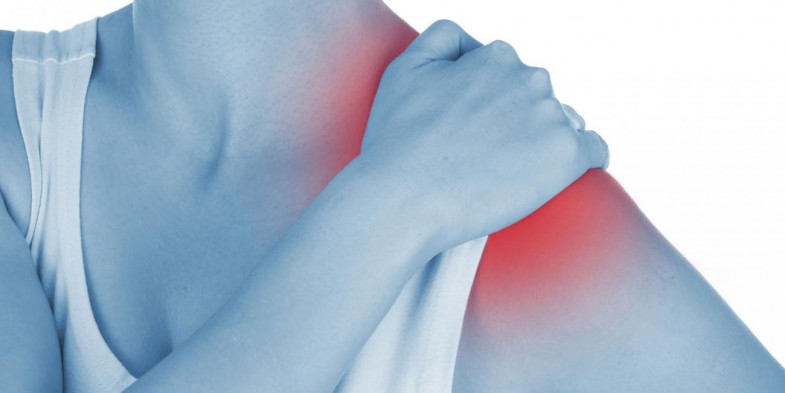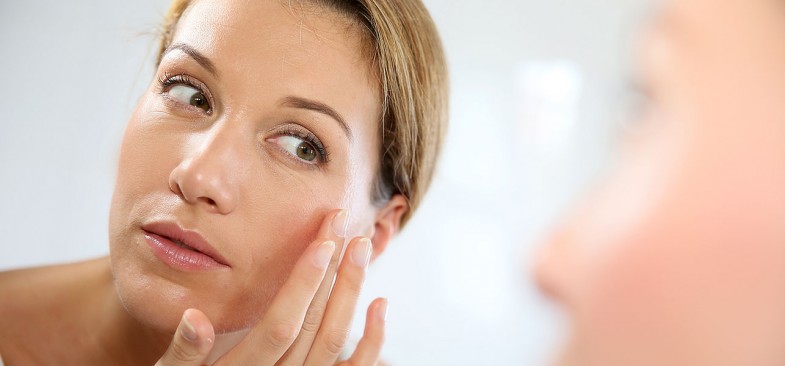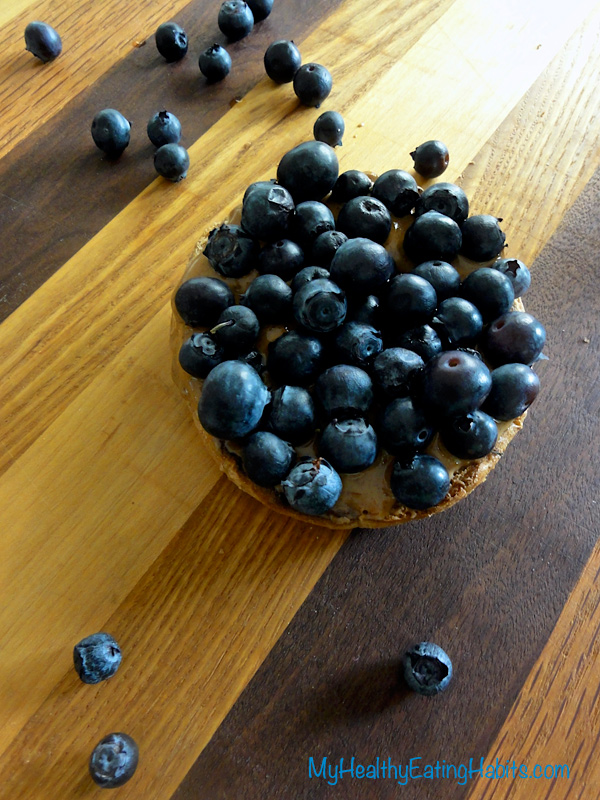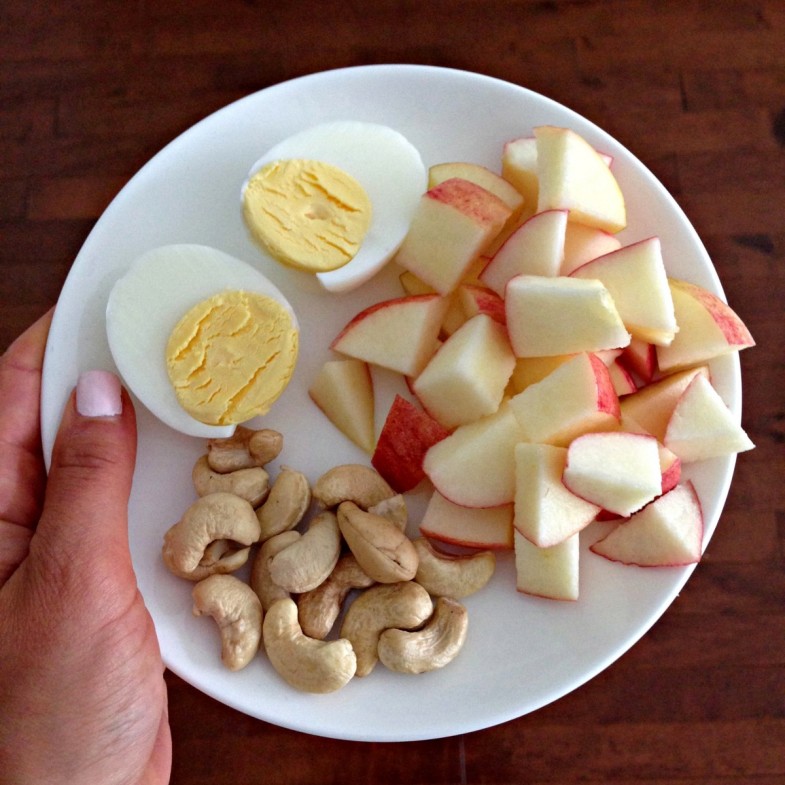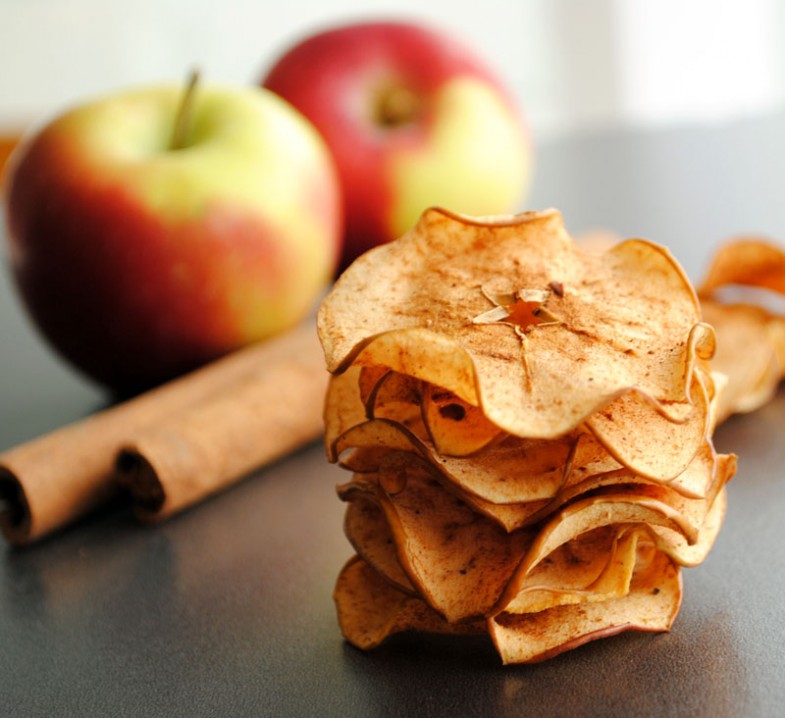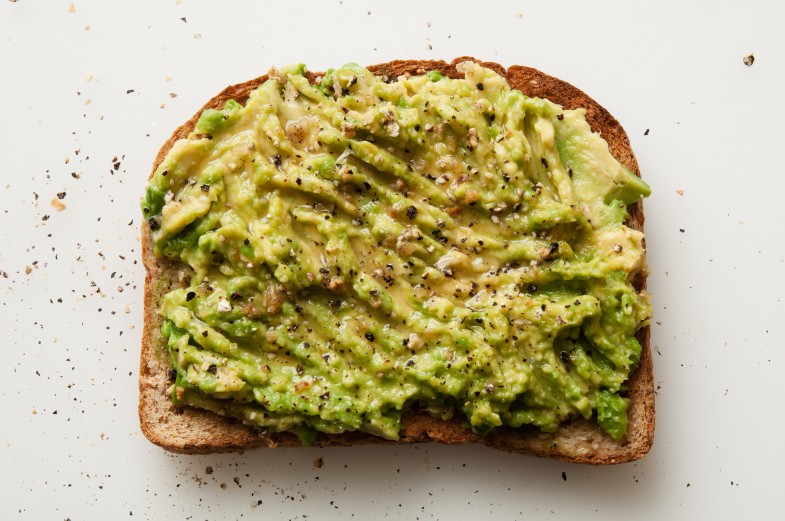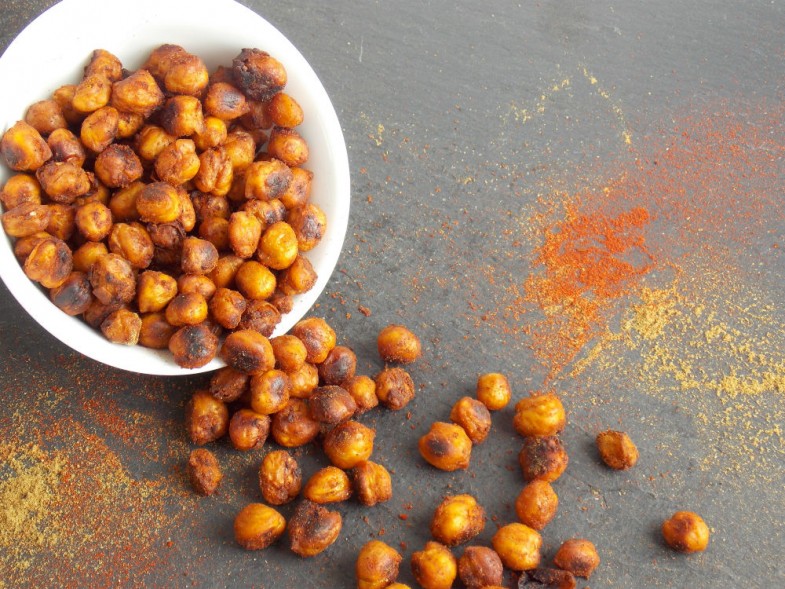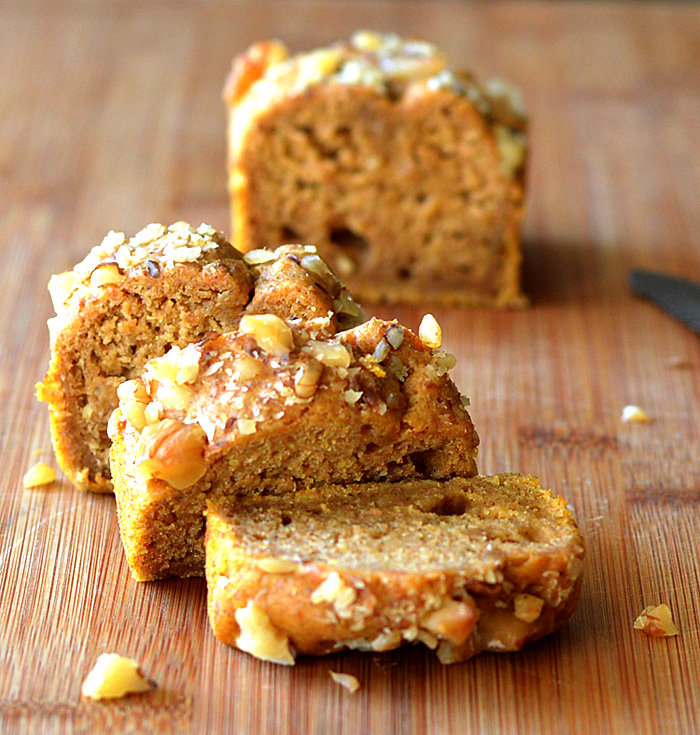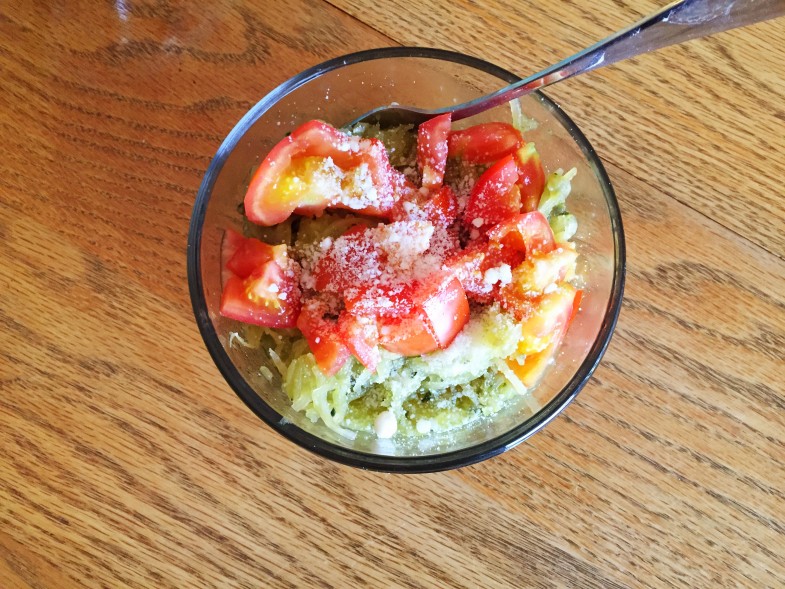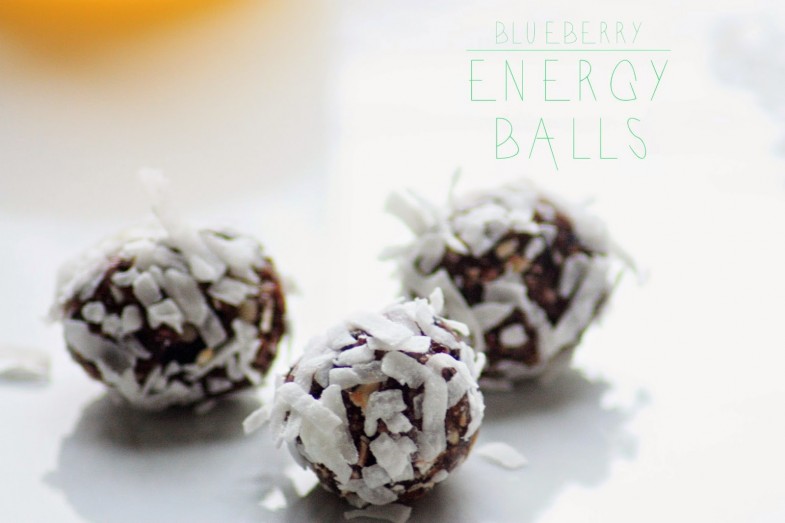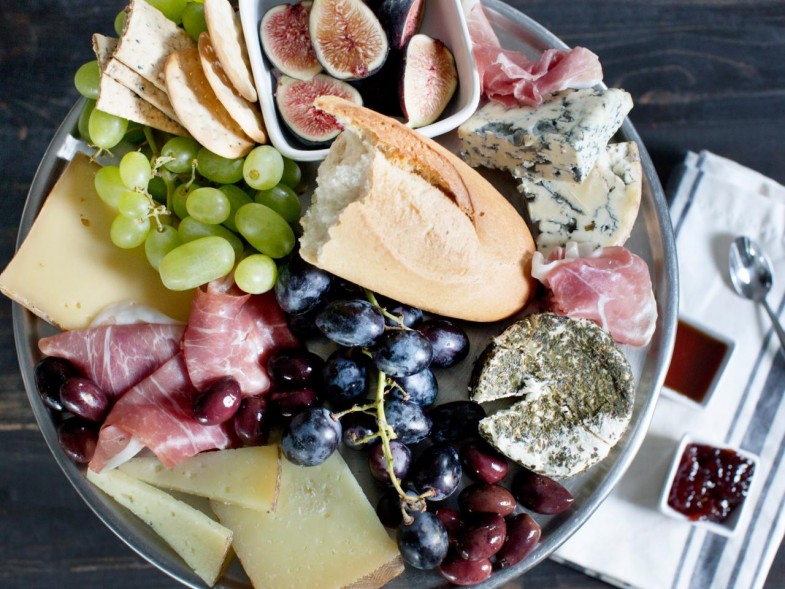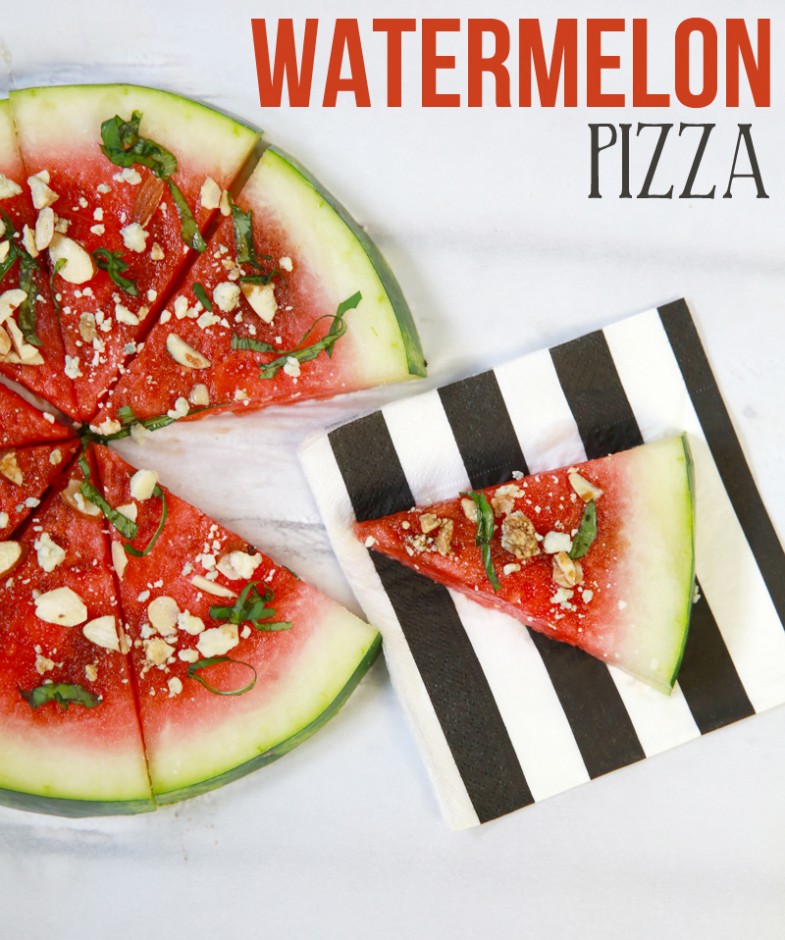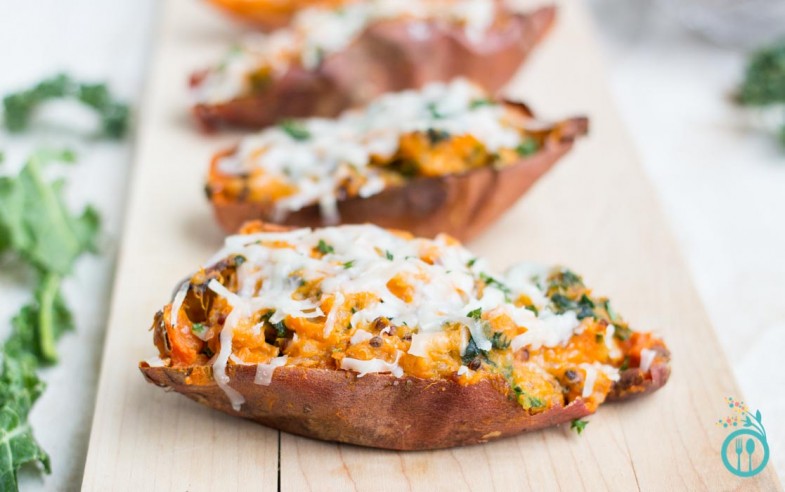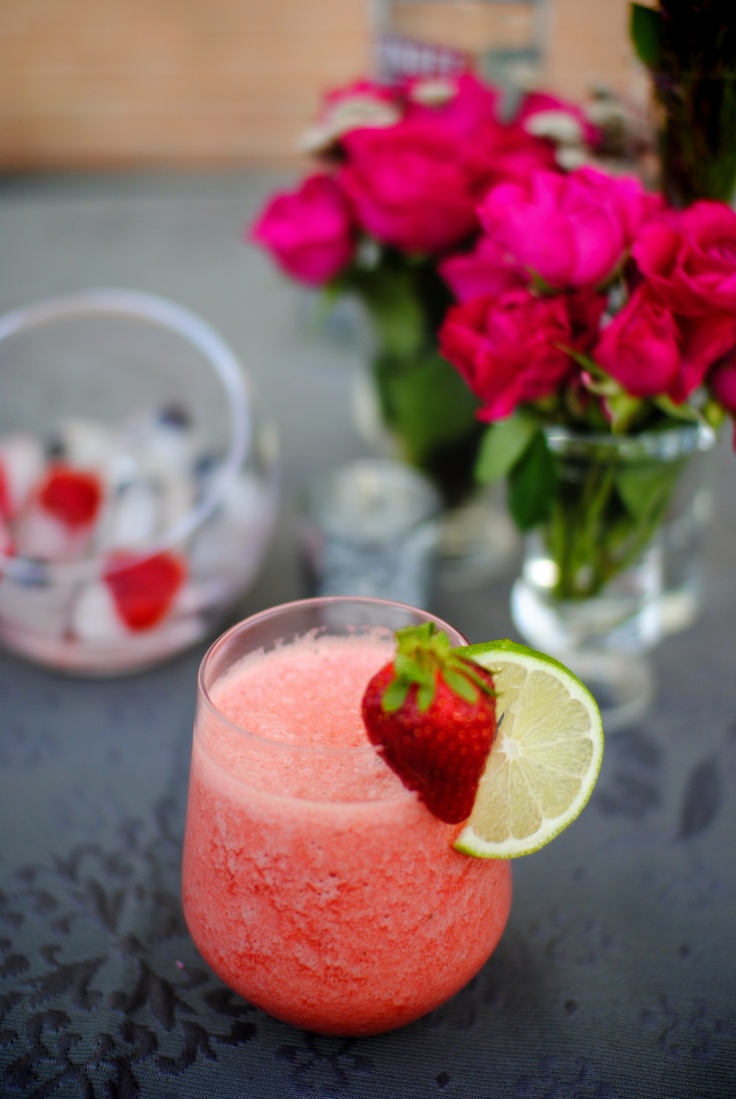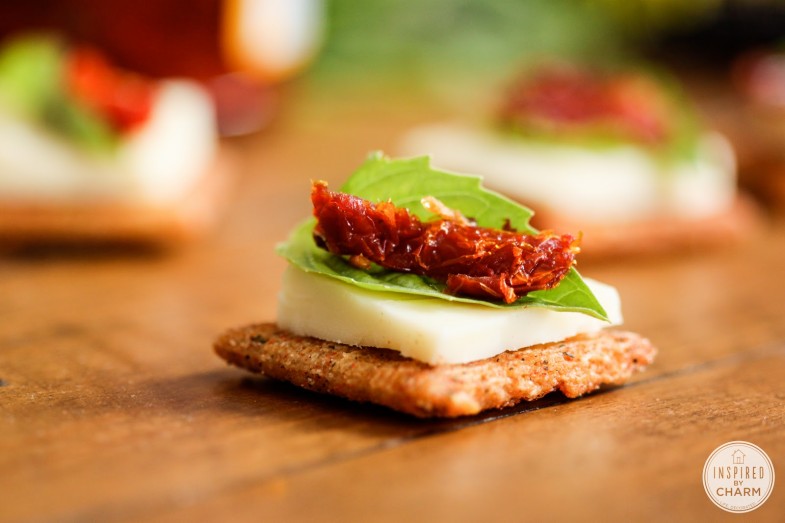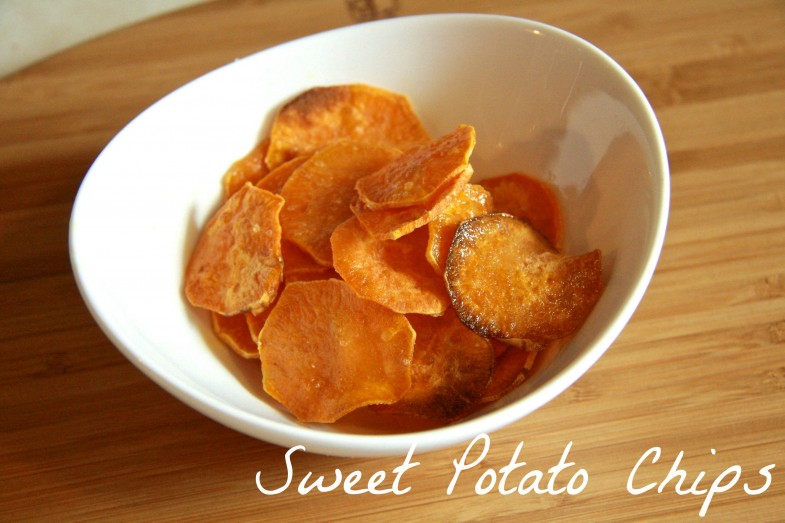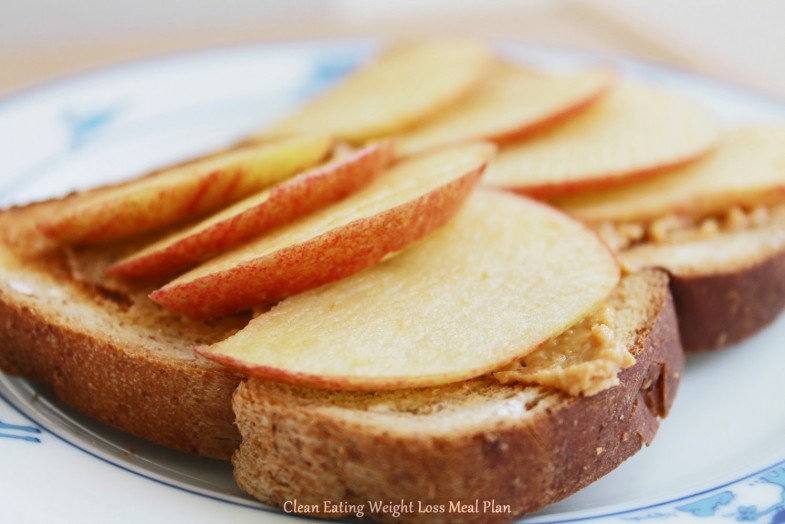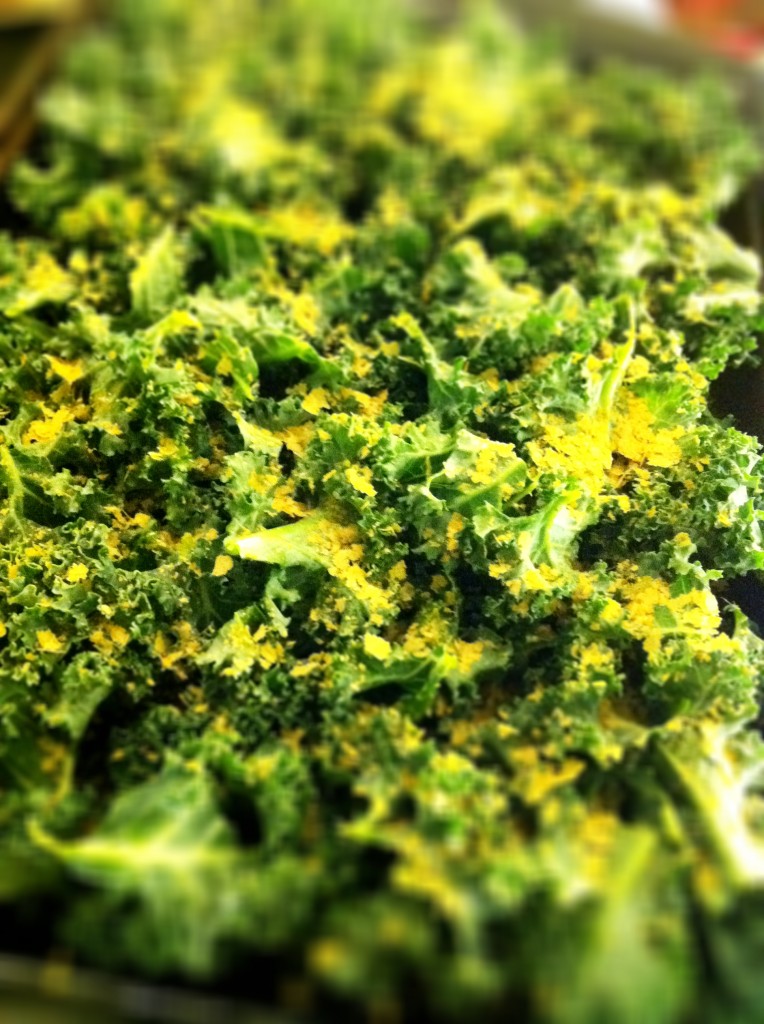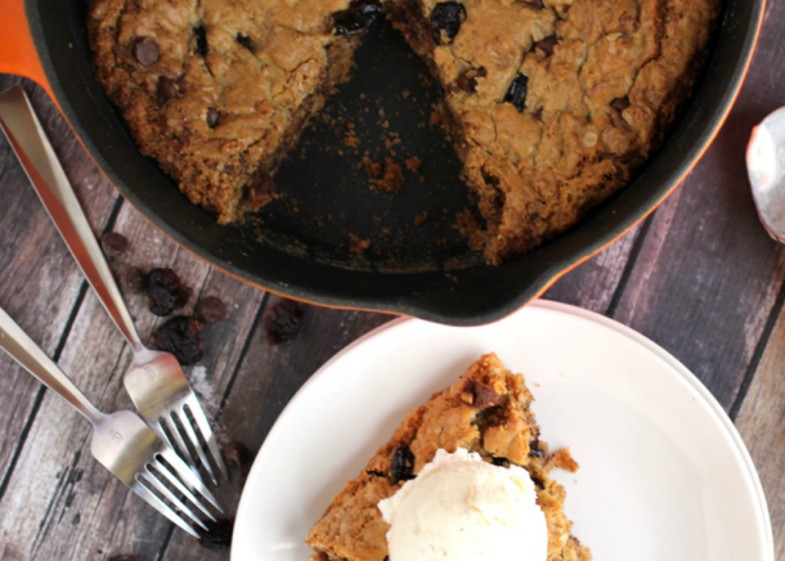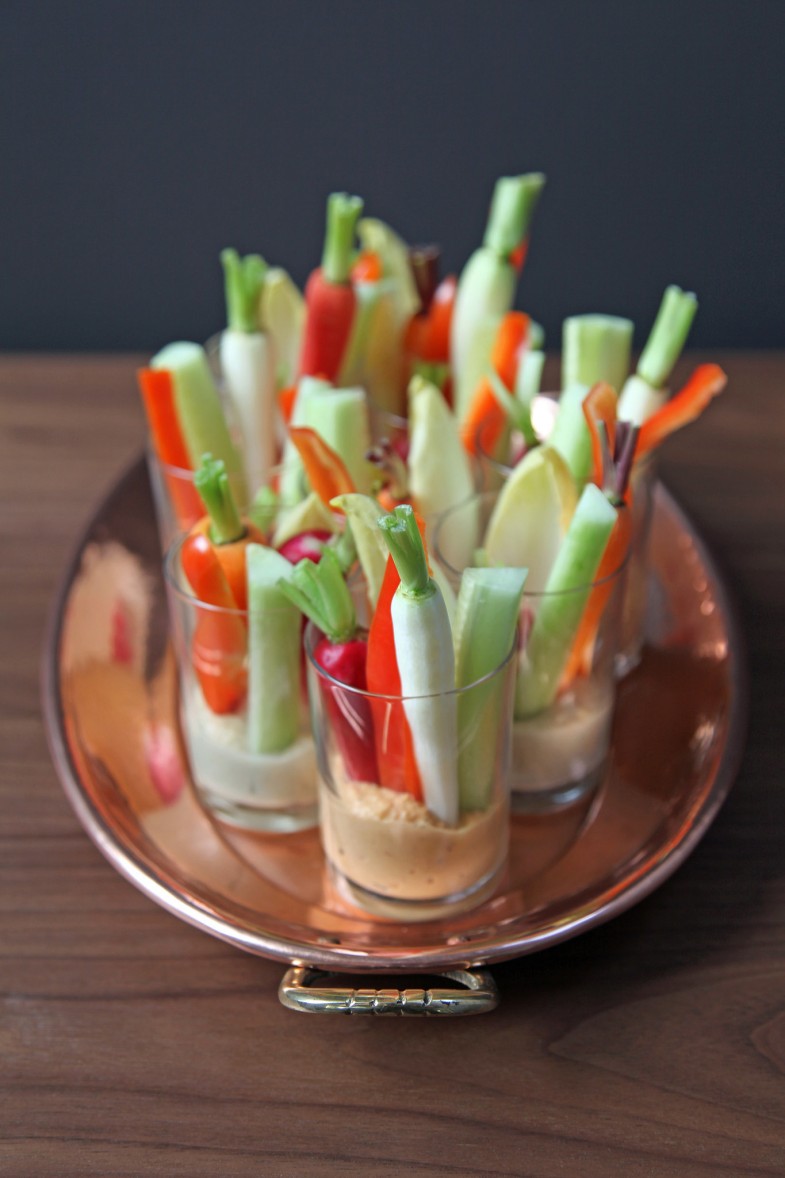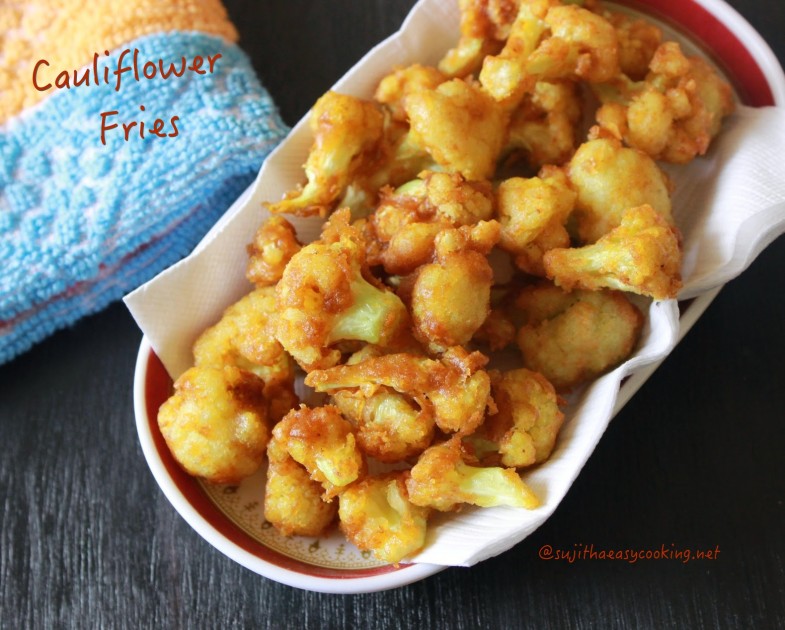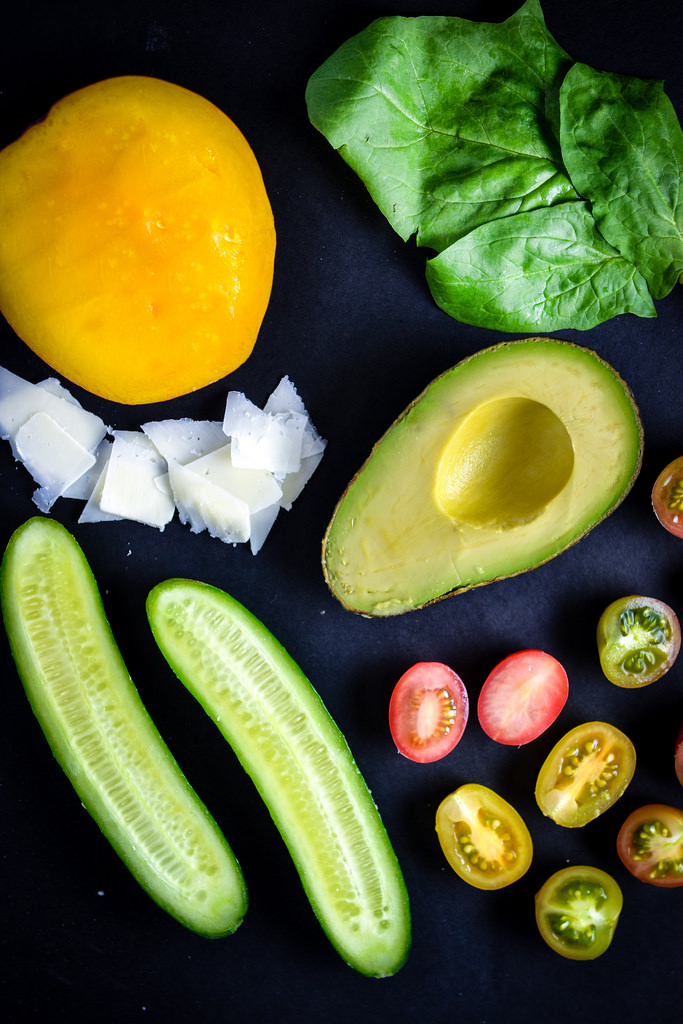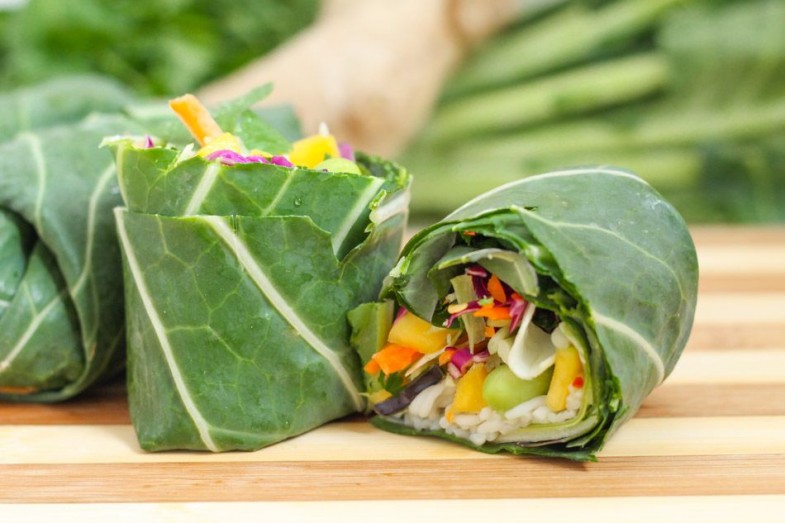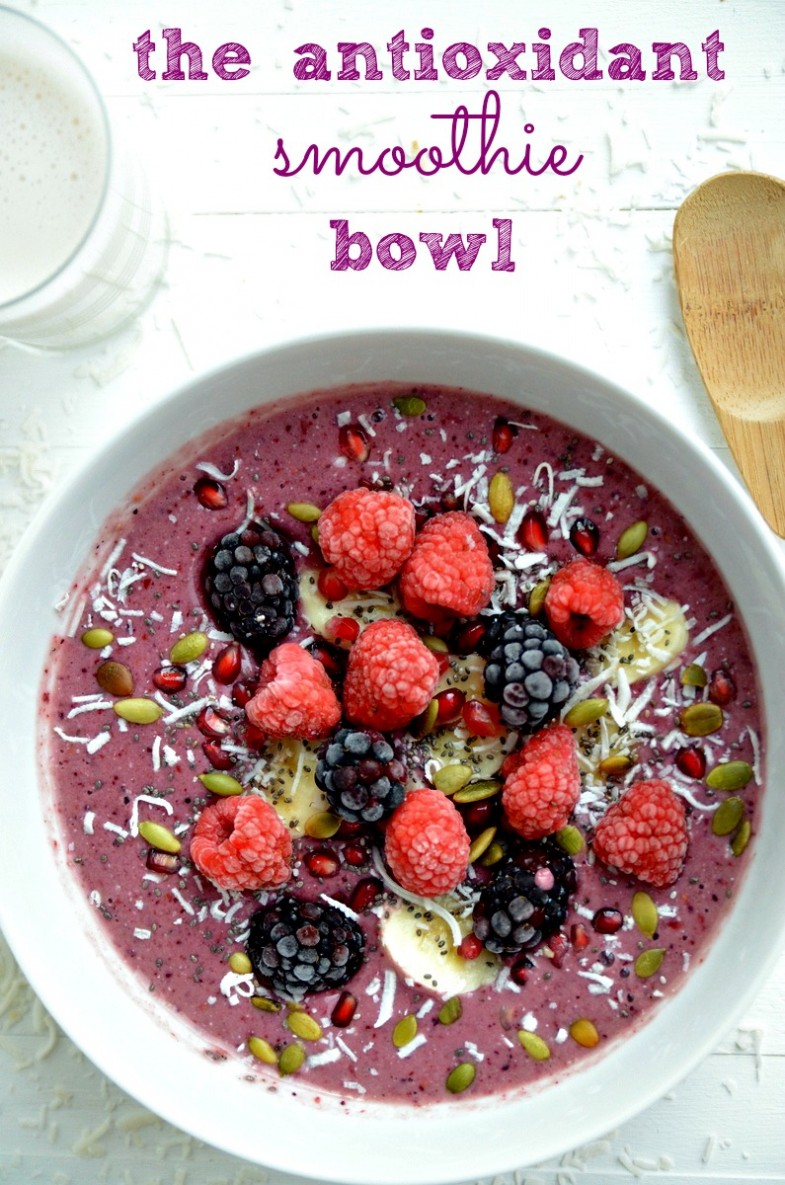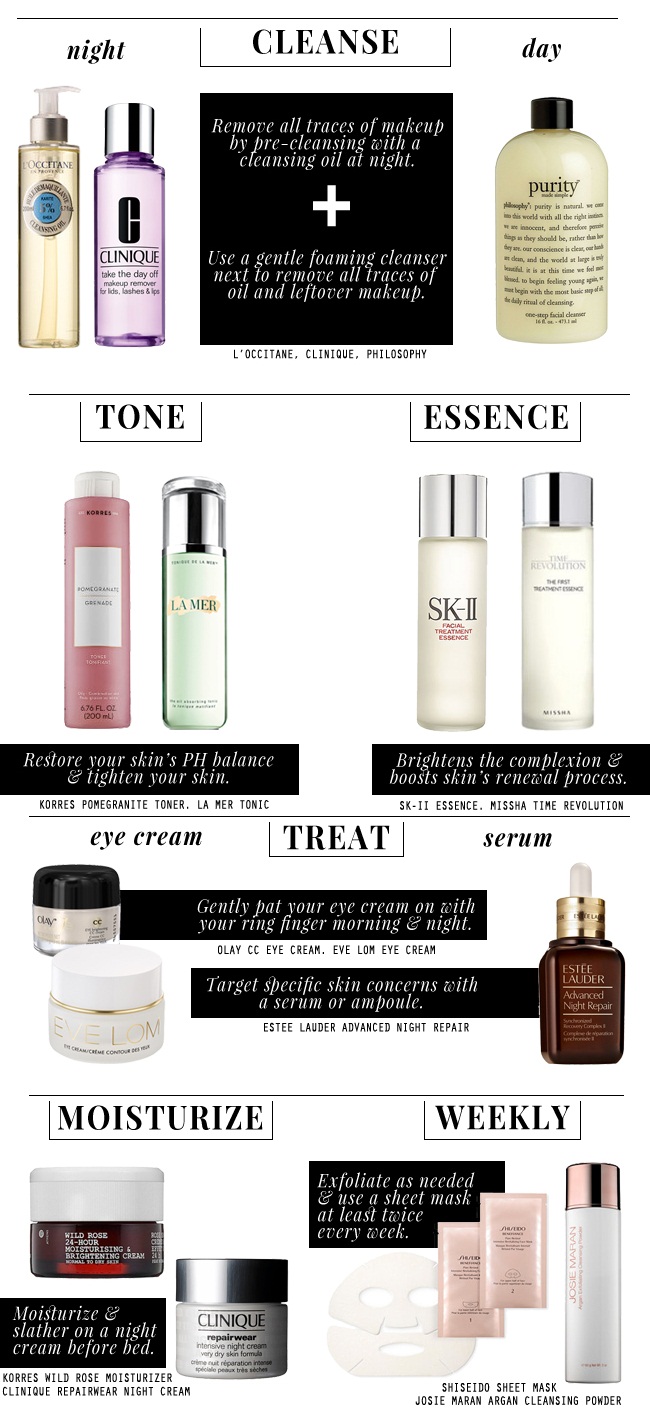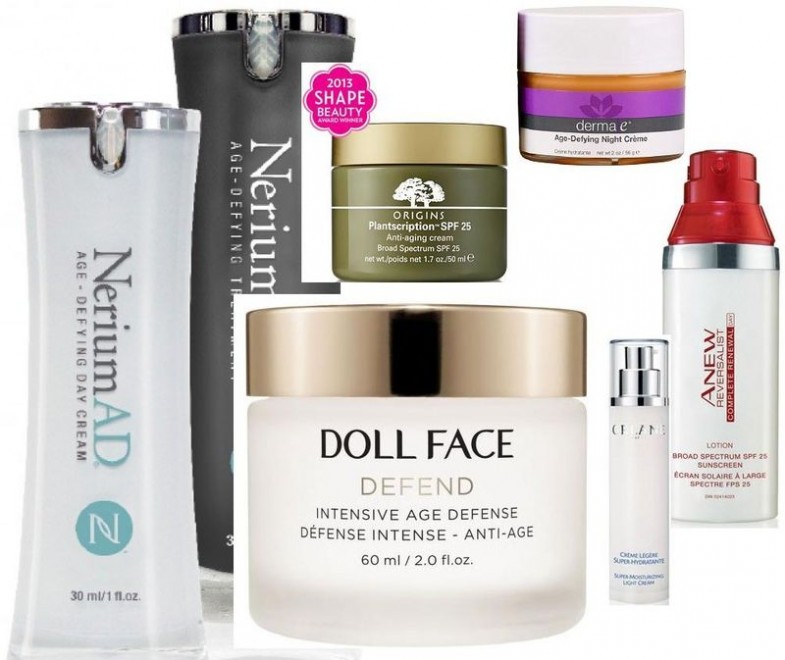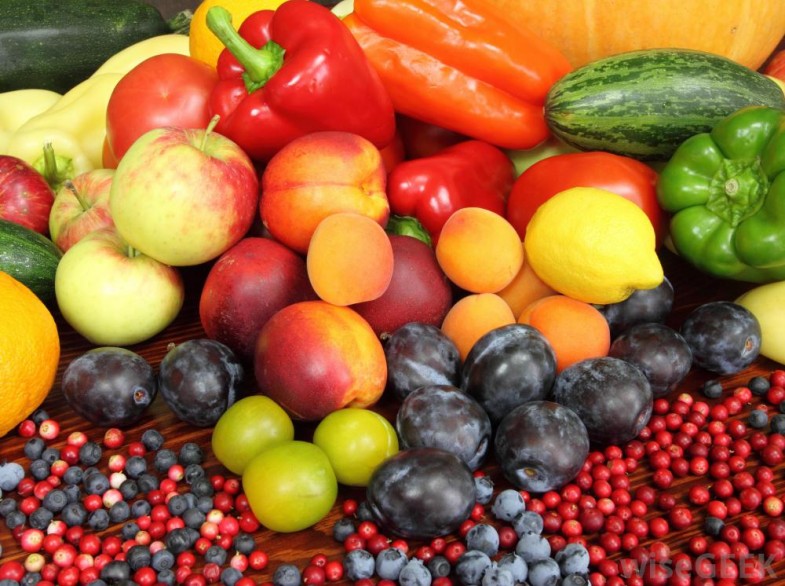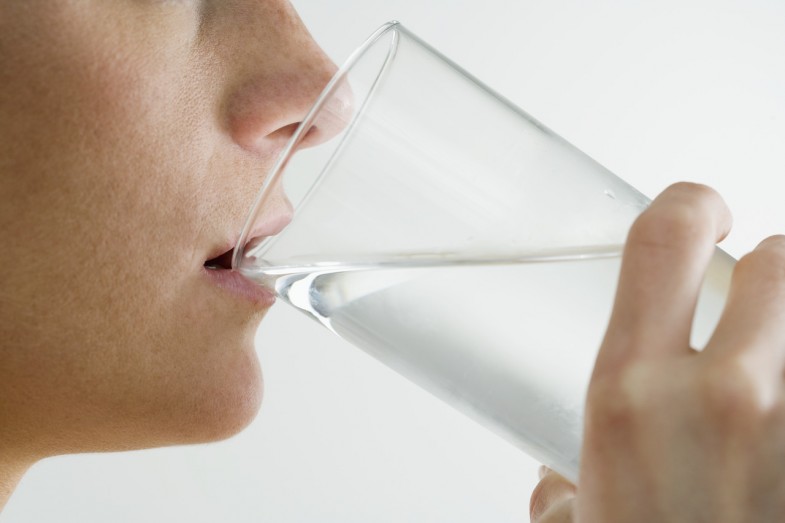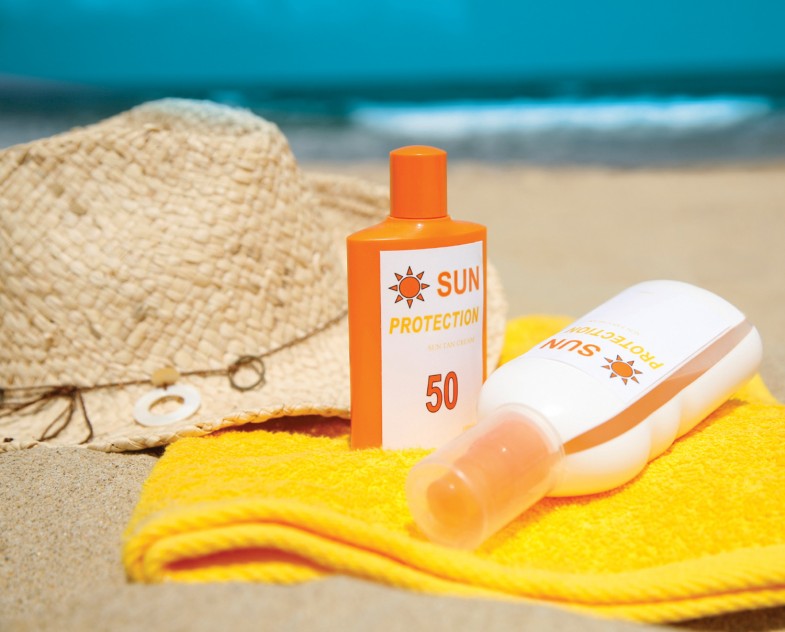
In today’s world of medicine, you have general practitioners, and then specialists in every little area of medicine. Sometimes your healthcare insurance will cover the specialists and sometimes it won’t. Sometimes you have to get the proper referral to see a specialist in order for your insurance to cover seeing a specialist.
Regardless if you see your general practitioner or a specialist, can you really trust what they tell you? If you don’t trust them and want to seek the opinion from a second doctor, will your healthcare insurance cover a second visit for the same condition? Not every policy will cover getting a second or even a third opinion.
Here’s why I ask. Doctors are not always right and they don’t know everything! If you’re not sure of what they tell you, you should seek the opinion of second doctor.
Why can’t you trust them all the time? Allow me to share three examples.
In 1960, I was 8-years-old when my dad went into the hospital for major back surgery. Calcium deposits had built up inside the lower part of his spinal column and it was pinching off the base of the spinal cord. The doctors had to cut the back prominence off of three vertebrae and then try to ream out the calcium build up below, at those points and below the three vertebrae they cut open. I remember being at the hospital with my mom when my dad was in the recovery room. I vividly remember my mom sobbing when the doctor told her that my dad would never walk again because of the extent of damage to the spinal cord and the nerves going to his legs. You have to understand that my dad was very active and not to be able to walk would have been extremely devastating to him. Still coming out of the effects of anesthesia, my dad mumbled ‘the hell I won’t walk again.’ Within three weeks of the surgery, dad was walking. Several months later, we moved from Illinois to Arizona and just a couple months there, dad was working as a common laborer for a major utility, digging ditches and many tasks he was not supposed to be able to do.
In 1975, I saw a saw a top orthopedic surgeon in Arizona. He told me that the cartilage in my knees and tears to both my MCL and ACL warranted total knee replacements in both knees. He told me that there was no way that I could stay on my feet and work for 8-hours a day. Back then, the success rate for knee replacement wasn’t very good and I opted to not have the recommended surgery. I had to train myself how to walk and turn without my knees going out of joint but, like my dad, was determined to defy what the doctor told me. I ended up working in retail management for several years after than where I was on my feet for up to 14 hours a day. Then I worked as laborer for the same utility my dad retired from. The last 11 years with the utility, I was an electric meter reader and walked an average of 12 miles a day. I had one route, I called my killer route, where I walked just over 20 miles in one day in the hot Arizona sun, and still no surgery on my knees. It’s now 42-years later and I still haven’t had either knee replaced and don’t plan on having it done unless I am completely crippled.
Then there is the case of Patrick Bisher, a former Navy SEAL. When he was a child, a doctor told him that he would never walk again. He said that at first:
“I developed a chip on my shoulder and I developed a victim’s mentality.”
However, he eventually decided to be a warrior instead of a victim. He exercised and trained to the point that he was able to enter SEAL training in the Navy. While in the service he had a serious parachute accident that resulted in a hip replacement, but continued to persevere. Bisher has authored a book titled No Surrender where he shares his experience. He now works to inspire kids to strive for their dreams and not to be victims of bullies.
These are only a few examples that prove that doctors only ‘practice medicine’ and they are not experts or perfect. If you get a devastating diagnosis from your doctor, you need to seek a second opinion and then determine if you are going to be a sorry victim or a warrior who will work to overcome the odds. You may be surprised at what you can accomplish if you set your mind to it.

